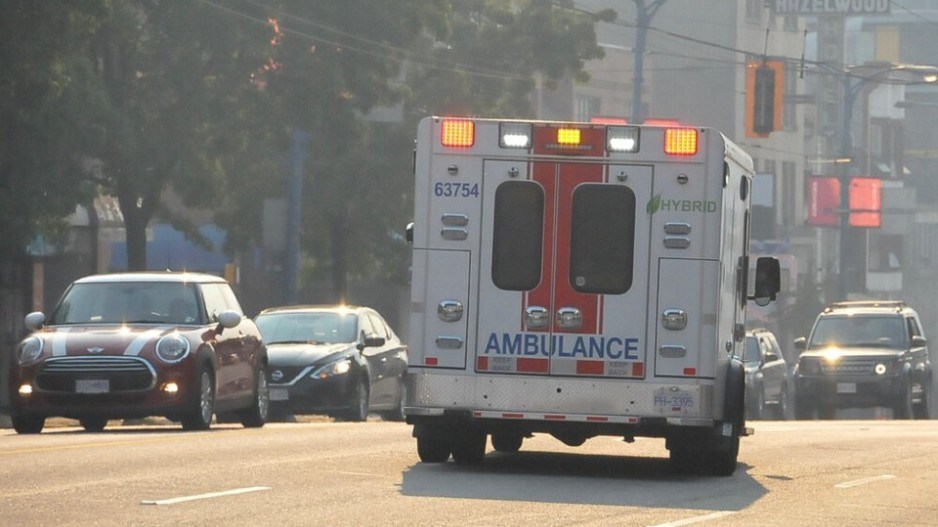A long-awaited investigation into deaths during Canada's deadliest heat wave has upped the human toll while laying the groundwork for authorities to protect British Columbians from the next round of deadly heat.
On Tuesday, the BC Coroners Service adjusted the number of deaths attributed to the June 2021 heat wave to 619, up from 595 previously reported.
The review into human mortality during last summer's extreme heat also placed partial blame on government agencies that failed to respond properly.
"There was a lag between the heat alerts issued by Environment and Climate Change Canada and public agencies and the public response," said the BC Coroners Service in a statement.
Now known as the 2021 North American heat dome, temperatures began to rise on June 24, later peaking on June 28 and 29. As records fell across Oregon and Washington state, temperatures climbed to over 40 C in many parts of B.C. The town of Lytton reached just shy of 50 C, only to burn in a wildfire the next day.
And in a deadly turn, overnight temperatures remained elevated, preventing many people from getting respite from scorching daily temperatures.
Nearly a year later, the BC Coroners Service has found some clear patterns in how people died: 98 per cent of deaths occurred indoors, and deaths were higher among those with chronic diseases like schizophrenia, substance-use disorder, epilepsy, chronic obstructive pulmonary disease, depression, asthma, mood and anxiety disorders, and diabetes.
Roughly a third of the victims of heat were 70 or older, and 56 per cent lived alone.
And in line with a Glacier Media report looking into how and where people died in the City of Vancouver, where most deaths occurred, more people lost their lives in "socially or materially deprived neighbourhoods."
Most deaths occurred in homes without fans or air conditioning.
The fallout is only expected to get worse. In the weeks following the heat dome, climate scientists found the heat wave was made 150 times more likely due to human-caused climate change. By the 2040s, such events could occur every five to 10 years.
Modelling released earlier this year concluded several cities in British Columbia are likely to face some of the most extreme heat in the coming years, with Kelowna projected to face the longest-lasting heat waves and the hottest maximum temperatures of any major Canadian city.
But it's not just the hottest cities that are expected to get hit hard — in urban areas where a "heat island" effect elevates temperatures and many residents are not used to extreme heat, deaths can soar.
On a regional scale, the latest coroner's report found three-quarters of the deaths from last year's heat dome occurred in the Fraser and Vancouver Health authorities, with Fraser North (Burnaby, New Westminster, the Tri-Cities and Maple Ridge-Pitt Meadows), Fraser East (Hope, Chilliwack, Abbotsford, Mission and the Agassiz-Harrison area) and Vancouver recording the highest death rates.
The report found that at the peak of the heat dome, 911 calls doubled, reflecting a near collapse of emergency ambulance services, with some firefighting crews reporting up to 11-hour wait times for a hospital transfer and others calling taxis in desperation.
In the end, paramedics attended 54 per cent of the deaths due to extreme heat. And while the median wait time was roughly 10 and a half minutes, in 50 cases, ambulance crews took over half an hour to arrive. The report said that in 17 cases, patients were put on hold for extended periods, and in six cases, callers were told no ambulance was available.
The report recommends government roll out a provincial heat alert and response system — something the government announced a day before the BC Coroners Service report was released.
It also called on governments to find and support people most at risk of dying during an extreme heat emergency and to roll out a number of short- and long-term measures to protect them.
Minister of Public Safety and Solicitor General Mike Farnworth and Minister of Health Adrian Dix are expected to respond to the report's findings this afternoon.
More to come…




